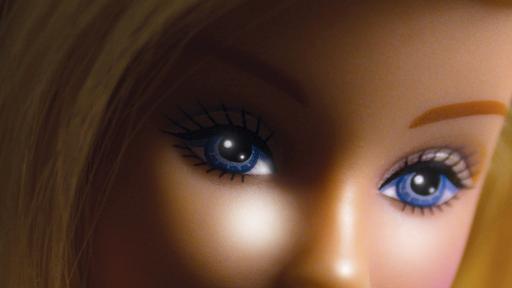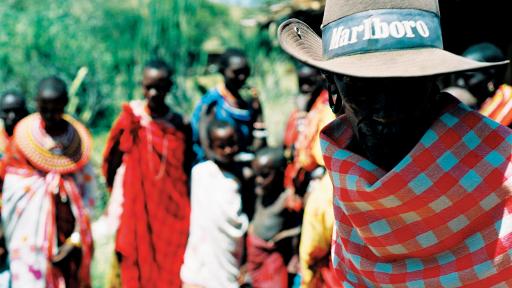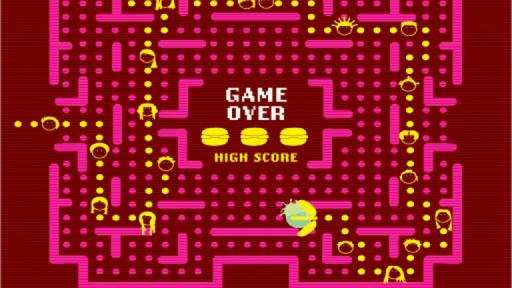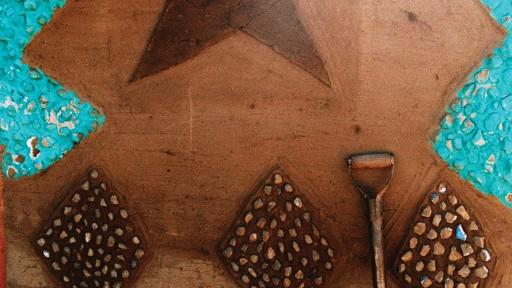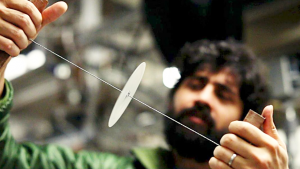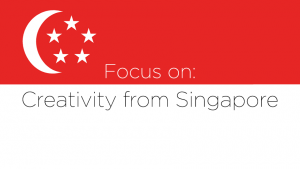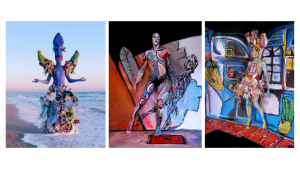Go South

It has become increasingly apparent at the recent Design Indaba event in Cape Town as to how sheepish and uncomfortable most of the graphic designers are about their regular work, for corporate clients. In a post-September 11, post-Enron world, most designers are asking questions about their relevance. The question seems to be: are designers just cheerleaders for corporatedom, or worse still, their rent-boys? And this mostly from designers coming from G8 countries. They are facing a crisis of conscience. What they see in the world around them is throwing up more questions than answers. Just being part of the marketing machinery does not sit comfortably, and the zeitgeist is to repel crass commercialism.
The discussion is less about texture, typefaces and image and more about design’s place in society. As a discipline that is so obsessed with its relevance to people, it stands to reason that as designers look at the world today, they are concerned about how they can be a force for good. Stefan Sagmeister described his mid-career angst at February’s Design Indaba. He posed the question: How to be good? And proffered this, hereinafter dubbed by Design Indaba as the Sagmeister theorem: Bad design + good cause = Good, or its corollary: Good design + bad cause = Bad.
Here in the third world, we have grown up with these social concerns - poverty and disease are omnipresent. In South Africa, against the backdrop of good news with the stable political situation, we now have to face the two-headed monster: unemployment and AIDS. So we asked the urgent question about our relevance to our social milieu. And the simple answer is: it’s the economy, stupid! We have to grow the economy or we are toast.
Among the assets in thwarting these perils is our creativity, and we know we can enhance our economy through design. We can improve the lot of our people through harnessing innovative solutions. In truth, if we want to grow the economy at a pace that could absorb all our social pressures, we have to go beyond incrementalism, and create frame-breaking change. A bushfire of creativity is what’s required. Or else, I fear we will become a nation of call-centres.
Importantly, it’s also about context. Understanding one’s place in the world, and one’s ecological niche. Understanding the solidarity we share with the people of the third world. We have found out , through cuts and bruises, that it also the area for which we have distinctive competencies. You see, after 1994, it was fashionable for the larger South African companies to acquire assets in the OECD countries ( the cynical may have called it a controlled emigration strategy for directors who were skittish about the new dispensation in SA!) - and many of them tanked because to play in this league you need deep pockets, and need to understand the market! Now there is a new pragmatism – and many illustrious companies in the South African firmament are looking at India, China, Brazil, Middle East and the rest of Africa for their latest forays. The emerging markets are closer to home.
And so this issue is called Go South. At its most narrow aim, it looks at the issues facing South Africa. At its most ambitious, it tries to pitch a case for the South - that part of the world that makes up the numbers, the plurals, the poor, the unbanked, the under-developed, the rural, the unwired - the uneverything! You see, South is more than a geographic location. It’s a state of mind. It's a circumstance. It’s the condition that 80% of humanity is under the influence of. In the increasingly divided world, South is threatened like never before. And the rich North are not yet willing to give up their position of advantage. In fact, at organs like the WTO (like the brouhaha over Doha) are hell-bent on gorging more! But for many who find themselves in the South it is a seductive, enchanting place. One does not want to romanticise poverty or disease - and we fully acknowledge the parlous plight of millions, yet one knows that the situation is not hopeless. We can overcome. We can in South Africa, for example, see ourselves going from developing to developed nation status in our lifetimes - if we all pull together.
But we are also increasingly concerned about the structural impediments we face in trying to improve our lot. We have found, since 1994, that the world is as inequitable as the apartheid state we destroyed. A world that consigns much of Africa to peasantry because, lets face it, the real Mad Cow Disease is the $2 per day every cow receives in the European Union in subsidies! It is propping up an untenable, unsustainable situation – and driving Africa to ruin, when it is so dependent on an agrarian economy. And if the home base is tenuous, then it cannot sustain any development - if we cannot create sustainable domestic markets with discerning consumers, we cannot produce products for export.
So creativity can take one so far, but if we cannot grow markets from a third world base, then we will not develop. More than ever we need to be commercial activists. We need to understand the politics of commerce, and acknowledge that it has an unrivalled power in the 21st century – of the 100 biggest economies of the world, 51 are companies. It is believed that to have an impact we can utilise the power of commerce – and take spanners to the system. The first step comes from understanding what we can do ourselves, with our own buying power of the third world. So before we compete, we need to collaborate.
And the times they are a-changing. We can now celebrate some of the interlopers from the South who have just gatecrashed the G8 meeting in Evian – notably China and India, who will both have bigger economies than many in this elite club, within this decade.
The South could be the new black. - Ravi Naidoo


